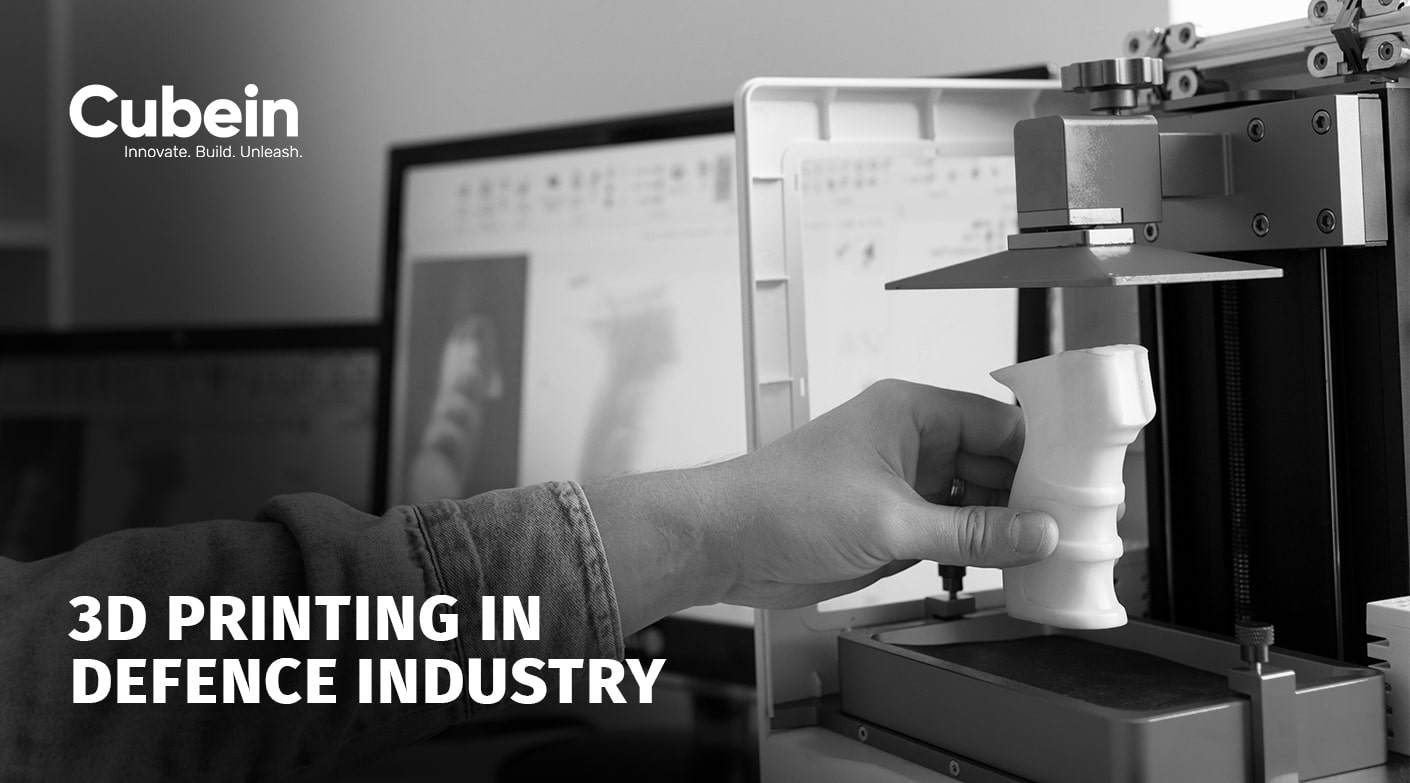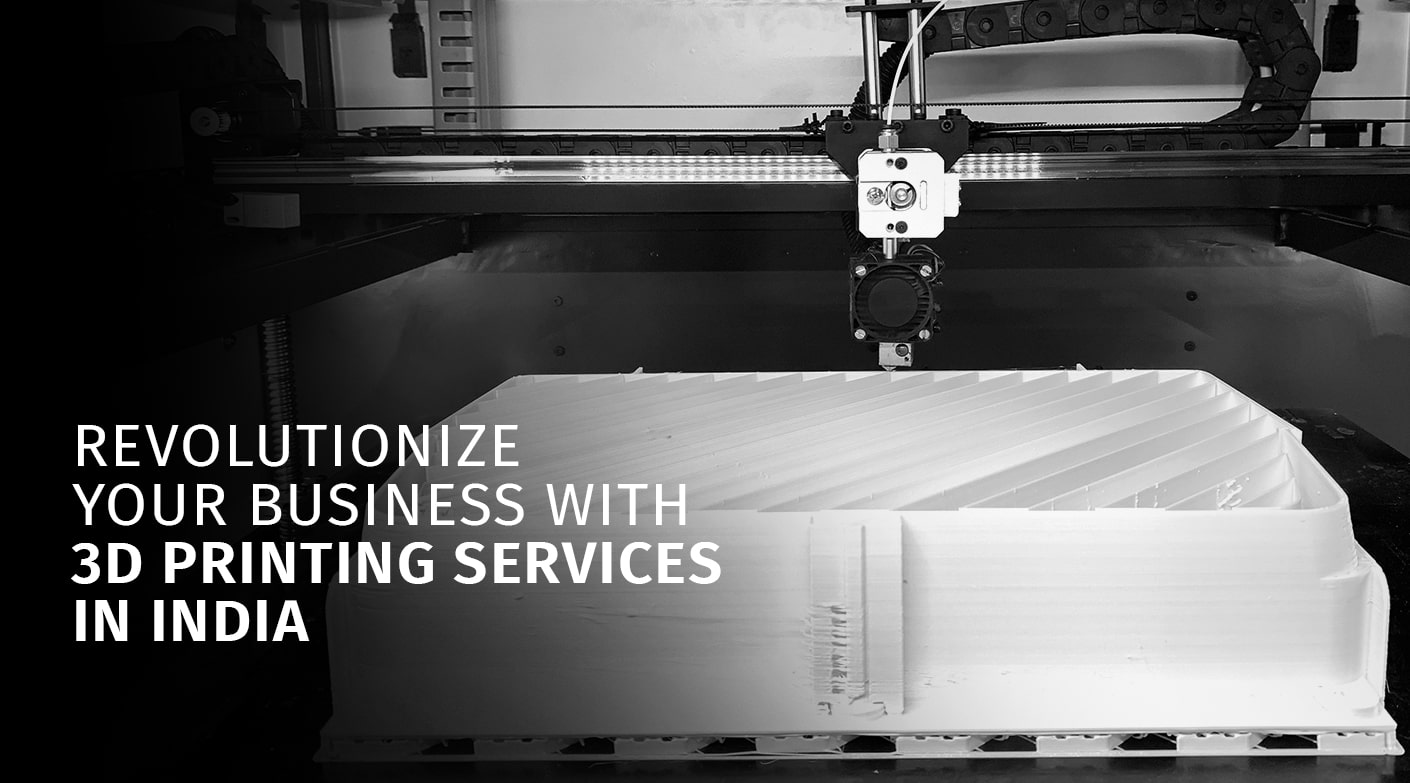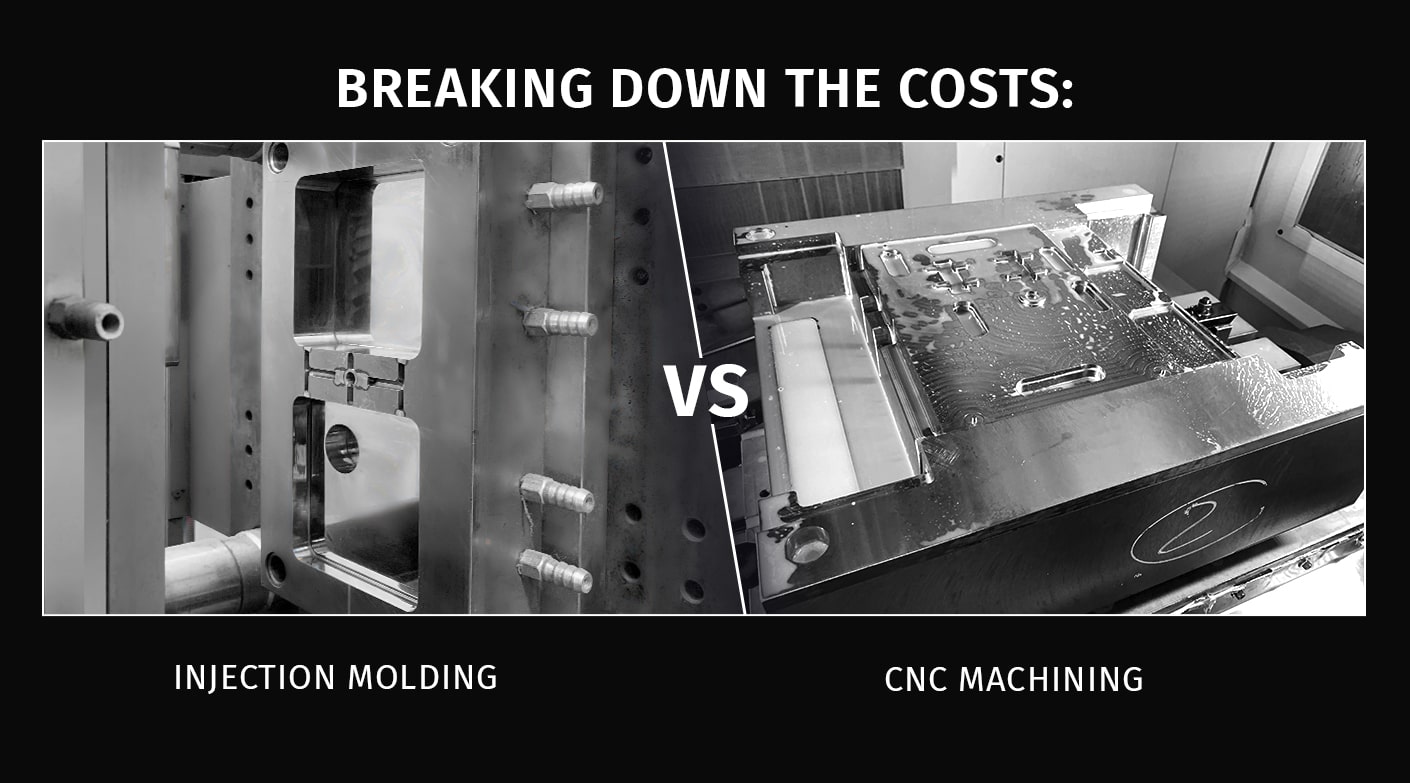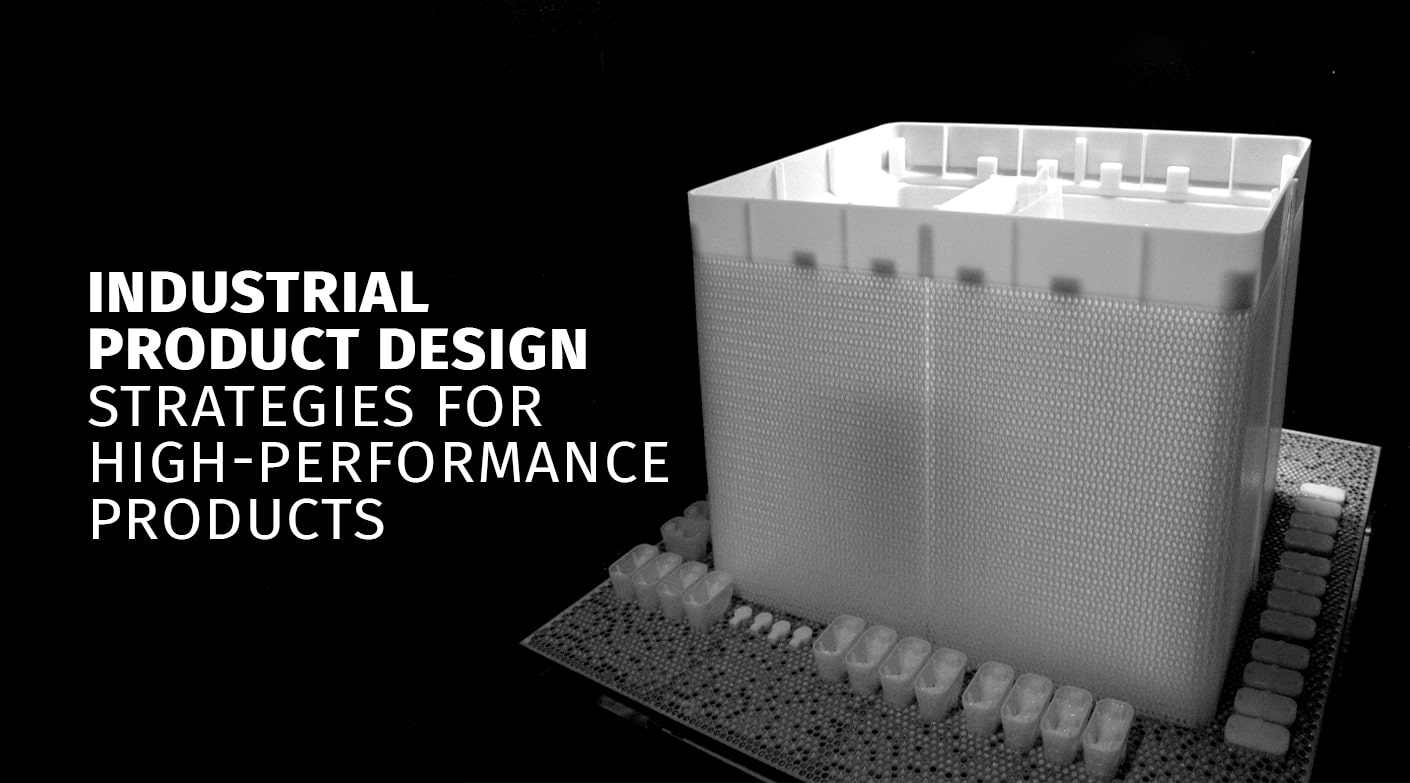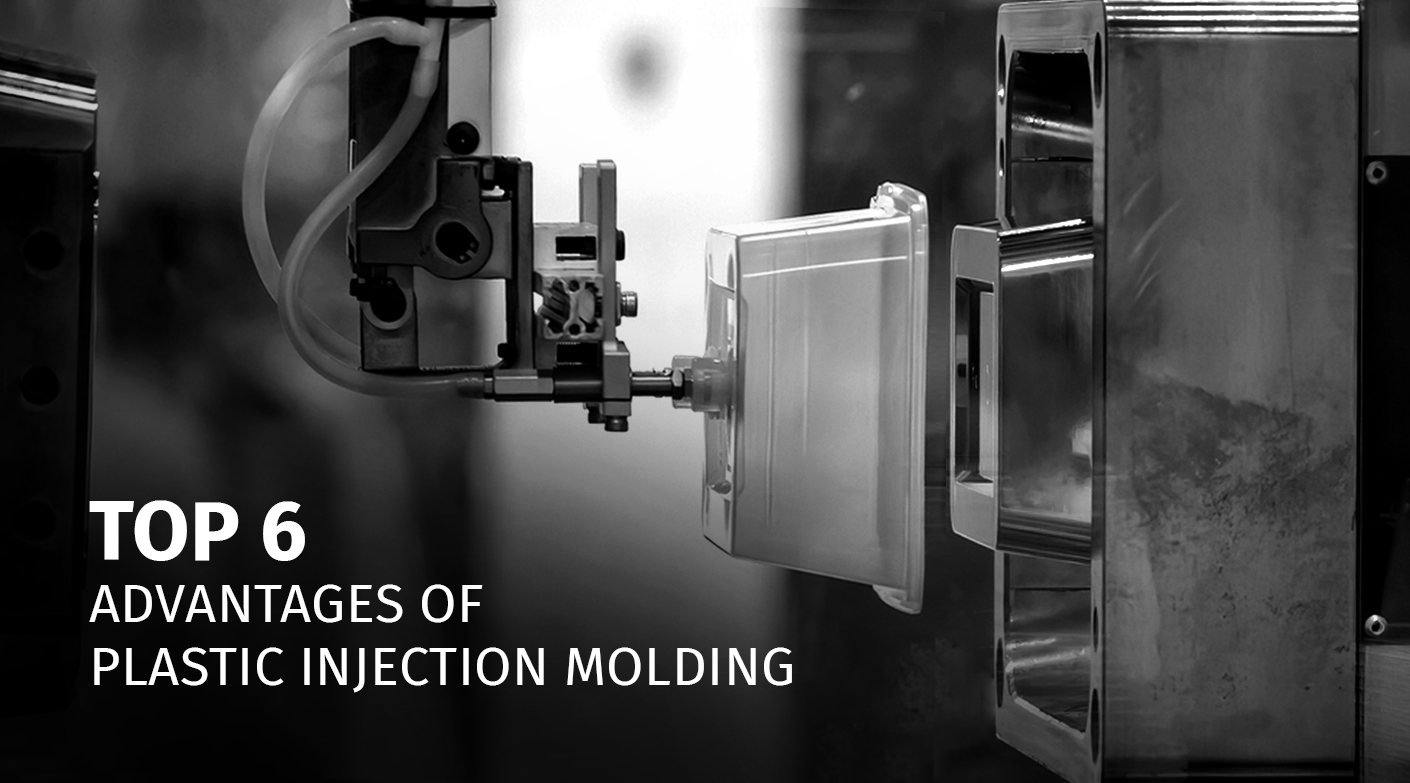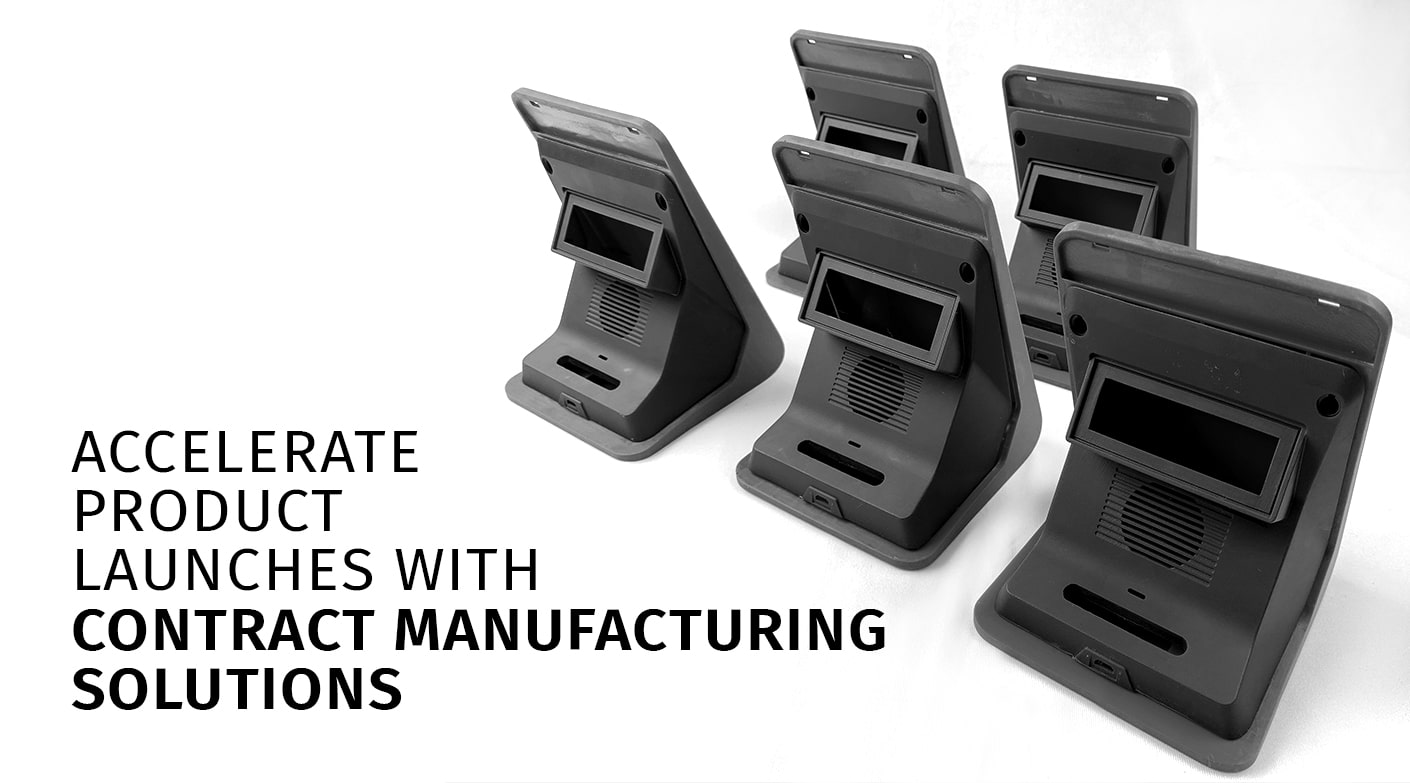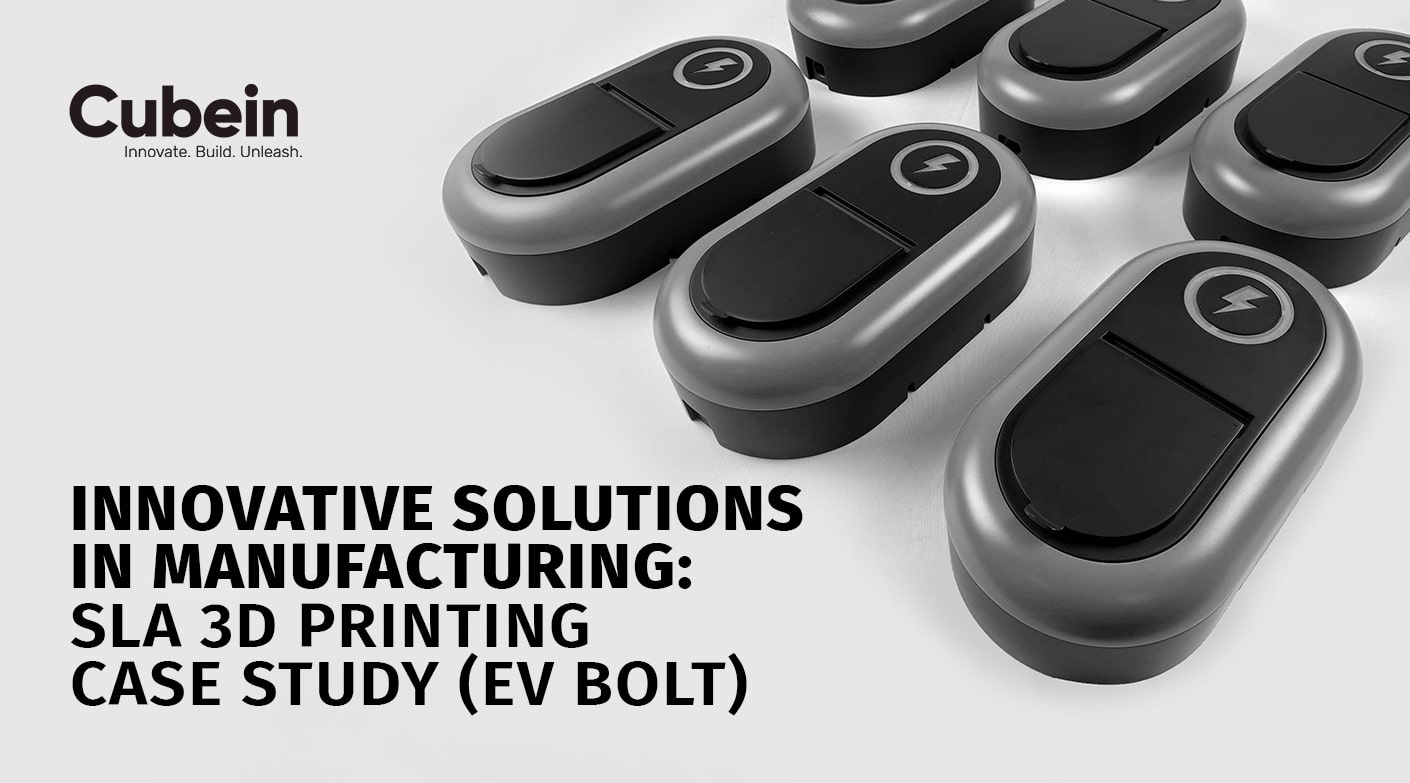Additive manufacturing has grown far beyond prototypes. It is currently determining nearly all industries today in automotive, aerospace, health, and consumer goods. Out of the numerous technologies available in the market, Selective Laser Sintering (SLS) 3D Printing is one of the most accurate, robust, and adaptable methods.
But what are the relative performance results of SLS if compared with other more popular 3D printing methods, including Fused Deposition Modeling (FDM), Stereolithography (SLA), and Multi Jet Fusion (MJF)?
Let’s understand the difference between Selective Laser Sintering 3D Printing vs. Other 3D Methods.
Understanding Selective Laser Sintering (SLS) 3D Printing
The expansion of additive manufacturing has made 3D printing methods quite popular in industries. The market of 3D printing is expected to grow by nearly 20 per cent between 2024 and 2030. Selective Laser Sintering (SLS) is one of the most common and popular methods of 3D printing. The SLS 3D Printing technique is used to build the powdered material, normally nylon (PA12, PA11), through layers with the assistance of a high-power laser.
The unsintered powder supports the model during the building process; therefore, it does not require any support structures. This provides SLS with a special advantage in creating complex geometries, interlocking mechanisms, and load-bearing components that are difficult to do in other technologies.
Comparing Selective Laser Sintering 3D Printing with Other 3D Methods
#1 SLS vs. FDM (Fused Deposition Modeling)
One of the most widely used 3D printing technologies is FDM (Fused Deposition Modeling), which is suitable for inexpensive and rapid prototypes. But it is weaker than SLS in strength, resolution, and geometric complexity.
| Aspect | SLS 3D Printing | FDM 3D Printing |
| Surface Finish | Clean and smooth; hardly any layer visible | Definite layer lines, a heavy post-process is needed. |
| Support Structures | None required | Needed for designs with parts that hang or stick out |
| Material Strength | Strong and durable in every direction. | Weaker |
| Design Complexity | Easy access to complex geometries | This is restricted by nozzle-based extrusion |
Conclusion: SLS is more effective than FDM for industrial-grade applications when durability, finish, and dimensional precision have paramount importance. FDM is only appropriate for simple and less complex prototypes.
#2 SLS vs. SLA (Stereolithography)
This comparison is generally done to analyse the material performance. SLA (Stereolithography) printing is based on the hardening of liquid resin by a UV laser. It is capable of making very fine details and mirror finishes and is therefore commonly used on visual objects. However, in their application in real-world applications, the SLA components are not as sturdy and can bend or break.
SLS uses hard plastics like nylon (PA12, PA11) and TPU, making it suitable for parts that require the ability to withstand stress, heat, and movement.
| Capability | SLS 3D Printing | SLA 3D Printing |
| Type of Material | Nylon and TPU (Strident) | Resin (Fragine) |
| Strength | Excellent and heat-resistant | Brittle and UV-sensitive |
| Surface Look | Matte finish | Smooth and glossy |
| Durability | Good to use in real life | Primarily for display |
Why SLS is better: Although SLA is aesthetically superior to SLS, and better in appearance. But, in case your part has to perform well and last long, SLS is more reliable.
#3 SLS vs. MJF (Multi Jet Fusion)
SLS vs. MJF is primarily used to understand the production speed and finish. MJF (Multi Jet Fusion) is a more recent 3D printing technique that similarly requires powder, but lasers are replaced with fusing agents and infrared heat. It is quick and provides smooth results, but it is typically expensive for small batches.
SLS is a little slower yet more accurate, has a better price-to-cost relationship in smaller runs, and is more flexible in design.
| Characteristic | SLS 3D Printing | MJF 3D Printing |
| Speed of Printing | Average | Fast |
| Finish of the Surface | Slightly Rough | Darker and Smoother |
| Detail Quality | Excellent | Very Good |
| Cost | Less expensive for small runs | More expensive in large runs |
Why SLS is a better option: With less frequent or bespoke projects, SLS is more flexible and affordable. It is ideal for prototypes and small batch production, whereas MJF is suited to mass production.
#4 Post-Processing for SLS 3D Printed Parts
SLS components are already smooth and precise, and are further enhanced by post-processing. Since SLS does not require support structures, it is easier and quicker to clean up than other techniques.
Some of the most frequently used SLS finishing methods are:
- Polishing to a smoother texture.
- Color and protection dyeing or coating.
- Smoothing with vapor to seal and shine the surface.
Learn more: Post-processing for SLS 3D Printed Parts
Why SLS is better: SLS saves time, costs less, and produces great surface quality with little effort since it doesn’t require supports and is also much easier to clean up.
Conclusion
Selective Laser Sintering 3D Printing remains a leader in 3D printing technologies for its power, scalability, and engineering precision. It also fills the gap between prototype and production- producing parts that are functional and reliable.
As industries shift to smarter, faster and cheaper methods of production, Cubein is at the forefront of innovation with SLS 3D printing services in India, combining accuracy, advanced post-processing and material excellence to deliver unmatched industrial results.
| Still not sure about which 3D printing method is best suited for your needs?
Book a free consultation, contact us for reliable SLS 3D Printing Services in India! |
FAQs
- What are the materials used in Selective Laser Sintering 3D Printing?
In the flexible sub-components, SLS primarily operates with polyamide powders, including PA11 and PA12, and TPU.
- Can end-use parts be produced by SLS 3D printing?
Yes, SLS is strong enough to withstand industrial applications, and it is best suited for final, practical parts in aerospace, automotive, and medical equipment.
- What are the differences between SLS and SLA with regard to strength?
SLS creates isotropic components that are durable in all directions, but the SLA components are less durable.






